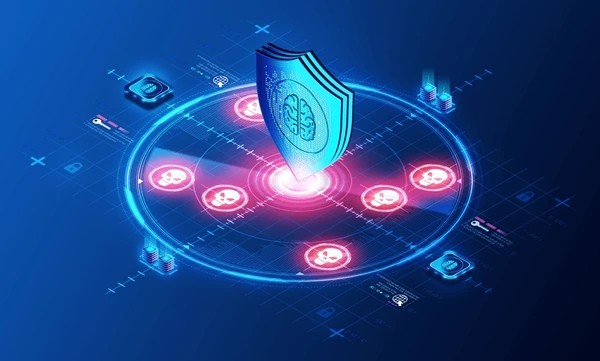
The Security Operations Centre (SOC) is the nerve centre for modern cybersecurity. Its success depends on how effectively it can detect, analyze, and respond to threats in real time. Threat Detection and Response (TDR) has emerged as a critical enabler for SOCs, empowering them to reduce dwell time, improve efficiency, and protect the business from advanced adversaries.
This blog explores how TDR strengthens SOC operations and why it is vital for organisations aiming to build resilient cyber defences.
Real-Time Threat Detection
Traditional monitoring tools often struggle with delayed detection and limited visibility. Modern TDR platforms deliver real-time threat detection by correlating logs, network traffic, and endpoint data. This provides SOC teams with immediate insights into malicious activity, ensuring faster identification of threats before they escalate.
Advanced TDR platforms also leverage machine learning and behavioral analytics to identify subtle anomalies that may indicate insider threats or sophisticated attack campaigns. By continuously learning from network patterns, endpoints, and user behavior, TDR can detect previously unknown threats that signature-based tools might miss. This proactive approach not only strengthens security but also enables SOCs to predict and prepare for potential attack scenarios.
Driving Operational Efficiency
SOCs face the dual challenge of limited resources and increasing alert volumes. TDR helps streamline operations by automating repetitive tasks, prioritizing high-risk alerts, and enforcing consistent workflows. This reduces analyst fatigue and ensures that valuable time is spent on meaningful investigations.
With a focus on SOC efficiency, managers can optimise resource allocation and achieve stronger security outcomes with existing teams.
TDR also enables workflow orchestration across multiple security tools, including SIEM, EDR, NDR, and cloud monitoring platforms. This integration ensures that alerts are not processed in isolation but rather contextualized across the enterprise. Analysts benefit from automated enrichment of alerts, contextual insights, and guided response steps, making it easier to handle complex incidents effectively and consistently.
Reducing Dwell Time
One of the most critical performance metrics for SOCs is dwell time—the duration attackers remain undetected within an environment. Extended dwell times increase the likelihood of data theft, system compromise, and business disruption.
By integrating automated playbooks, TDR ensures immediate containment actions such as isolating compromised endpoints, blocking malicious IPs, and revoking suspicious user credentials. This speed of action is critical in limiting lateral movement, reducing the attack surface, and preventing escalation into full-blown breaches. The combination of visibility, automation, and orchestration significantly lowers the overall risk profile of the organization.
TDR platforms excel at reducing attacker dwell time by correlating activity across different data sources and enabling rapid containment measures. Faster threat detection and response minimize the damage caused by cyber incidents.
Strengthening Collaboration
TDR also improves collaboration between SOC analysts, managers, and other business units. Automated reporting, compliance-ready logs, and shared dashboards create transparency and accountability, ensuring all stakeholders understand both risks and responses.
Moreover, TDR fosters cross-departmental communication by centralizing incident data in a single platform. IT, risk, and compliance teams can review and validate incidents in real time, providing insights that enhance strategic decision-making. This unified approach ensures faster approvals for remediation actions and creates a culture of shared responsibility for cybersecurity across the organization.
Conclusion
Threat Detection and Response strengthen SOC operations by delivering real-time detection, improving operational efficiency, reducing dwell time, and fostering collaboration. For SOC managers and analysts, TDR is not just a tool—it is the backbone of resilient security operations. Investing in TDR ensures that SOCs remain agile, efficient, and capable of countering today’s complex threat landscape.
As cyber threats evolve in sophistication and scale, the role of TDR within SOCs becomes even more critical. Organizations that adopt TDR not only improve their immediate defensive posture but also gain strategic insights into emerging threats, helping shape long-term security strategies. TDR transforms SOCs from reactive units into proactive, intelligence-driven hubs capable of defending digital assets, safeguarding customer trust, and supporting business continuity in an increasingly connected world.



